Top 10 plug-in hybrids with greatest electric range
What is a plug-in hybrid again?
The so-called PHEV, which stands for “Plug-in Hybrid Electric Vehicle,” is a hybrid car that combines a fuel engine with an electric motor. The electric motor is powered by a smaller battery than in an all-electric car, but you still have to charge it with a plug at a charging station. With a fully charged battery, it is possible to support the fuel engine for an extended period of time for extra low consumption, or drive 100% electric over a distance of tens of kilometers, depending on the model.
READ ALSO: What are the pros and cons of electric driving?
10. Volkswagen Golf eHybrid / Skoda Octavia iV / Audi A3 TFSI-e / Seat Leon e-Hybrid
- Electric range: 62 – 79 kilometers
- Consumption combined: 0.9 – 1.1 l/100 km
In the C-segment, the Volkswagen group offers a very wide choice of plug-in hybrids from Volkswagen, Skoda, Audi and Seat . The propulsion system in all cases brings you a four-cylinder gasoline engine, which when combined with electropower produces 204 hp. With Skoda, you not only get the most value for money, but with 79 kilometers, you also get the greatest electric range.
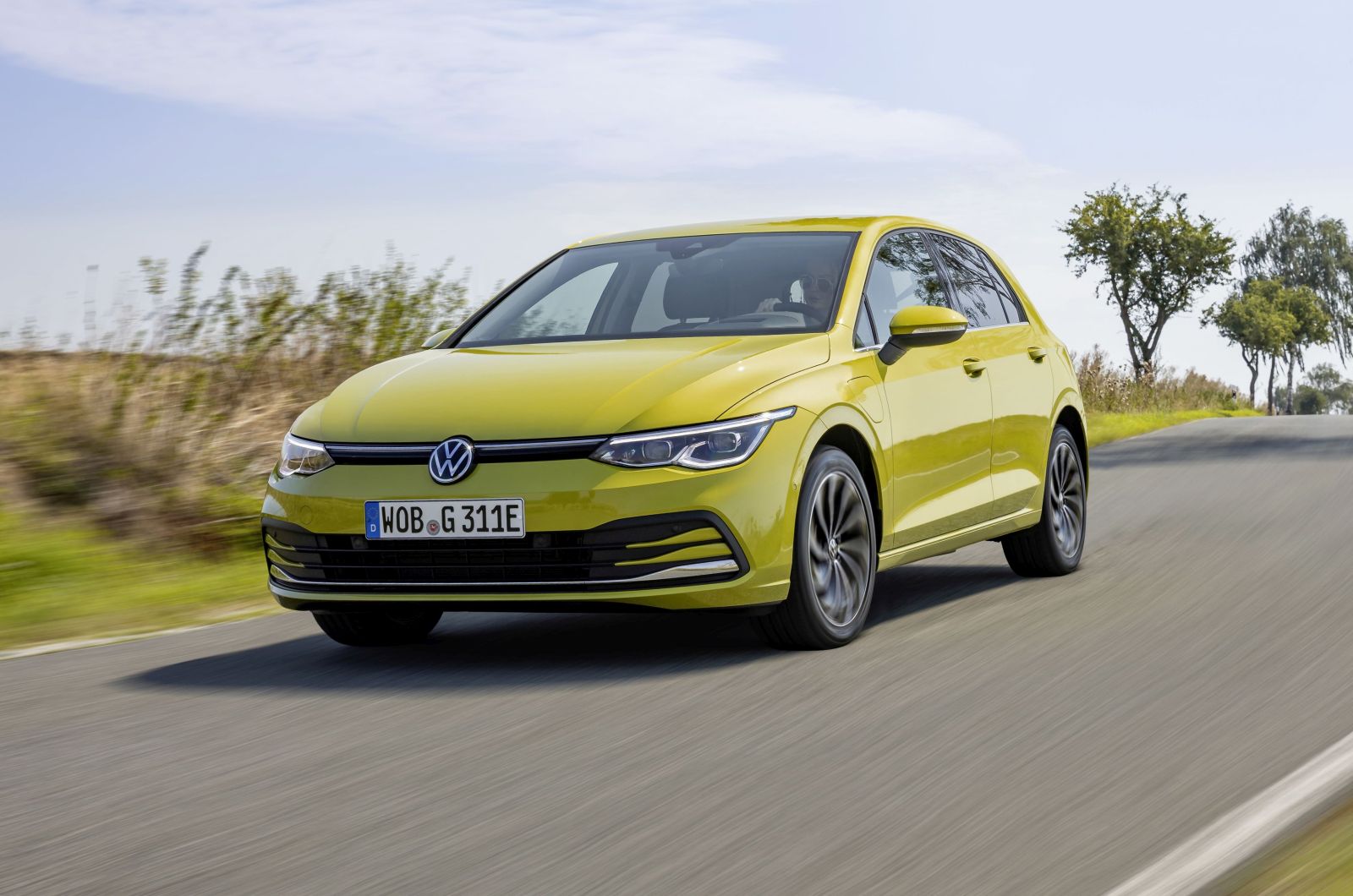
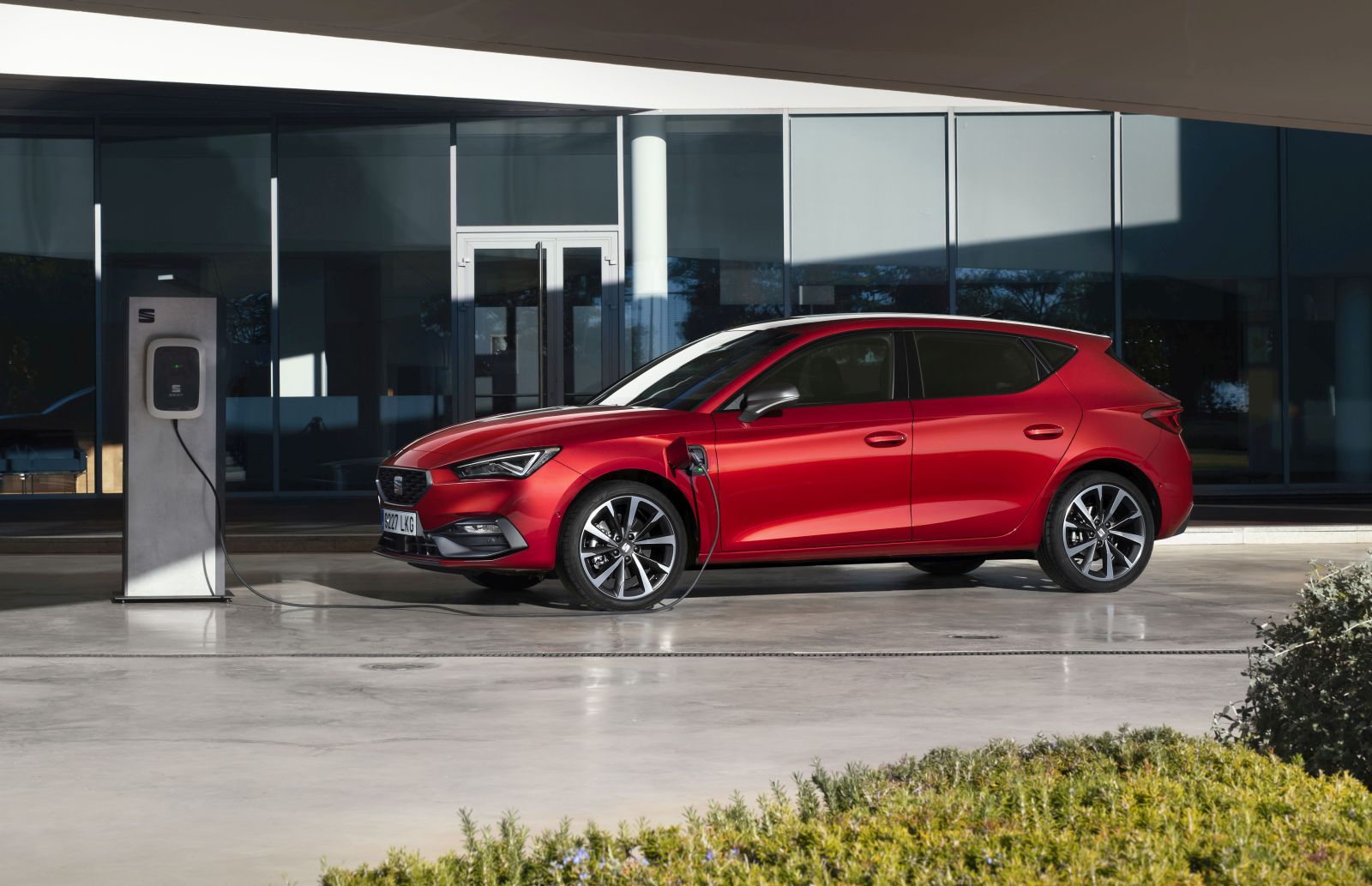
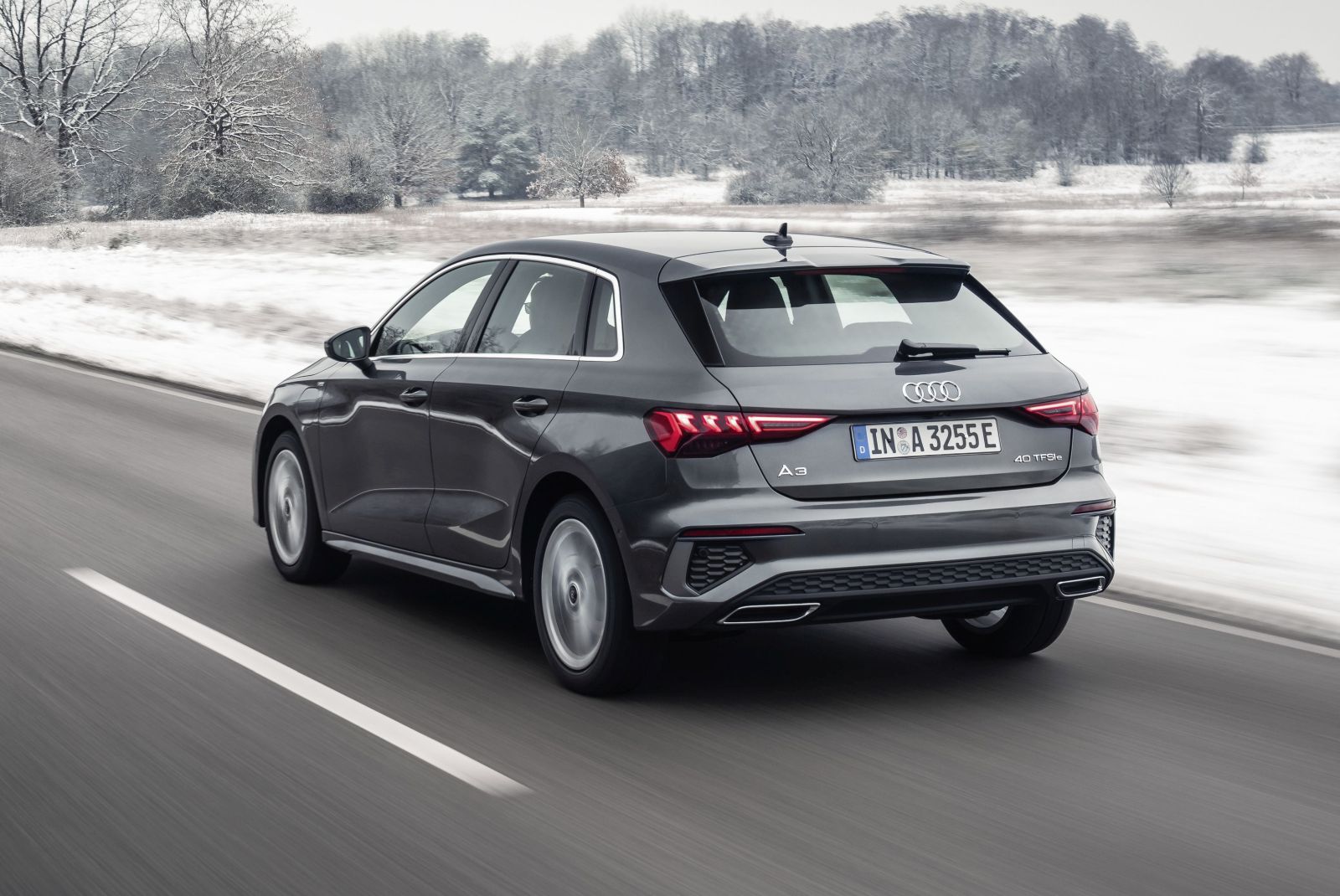
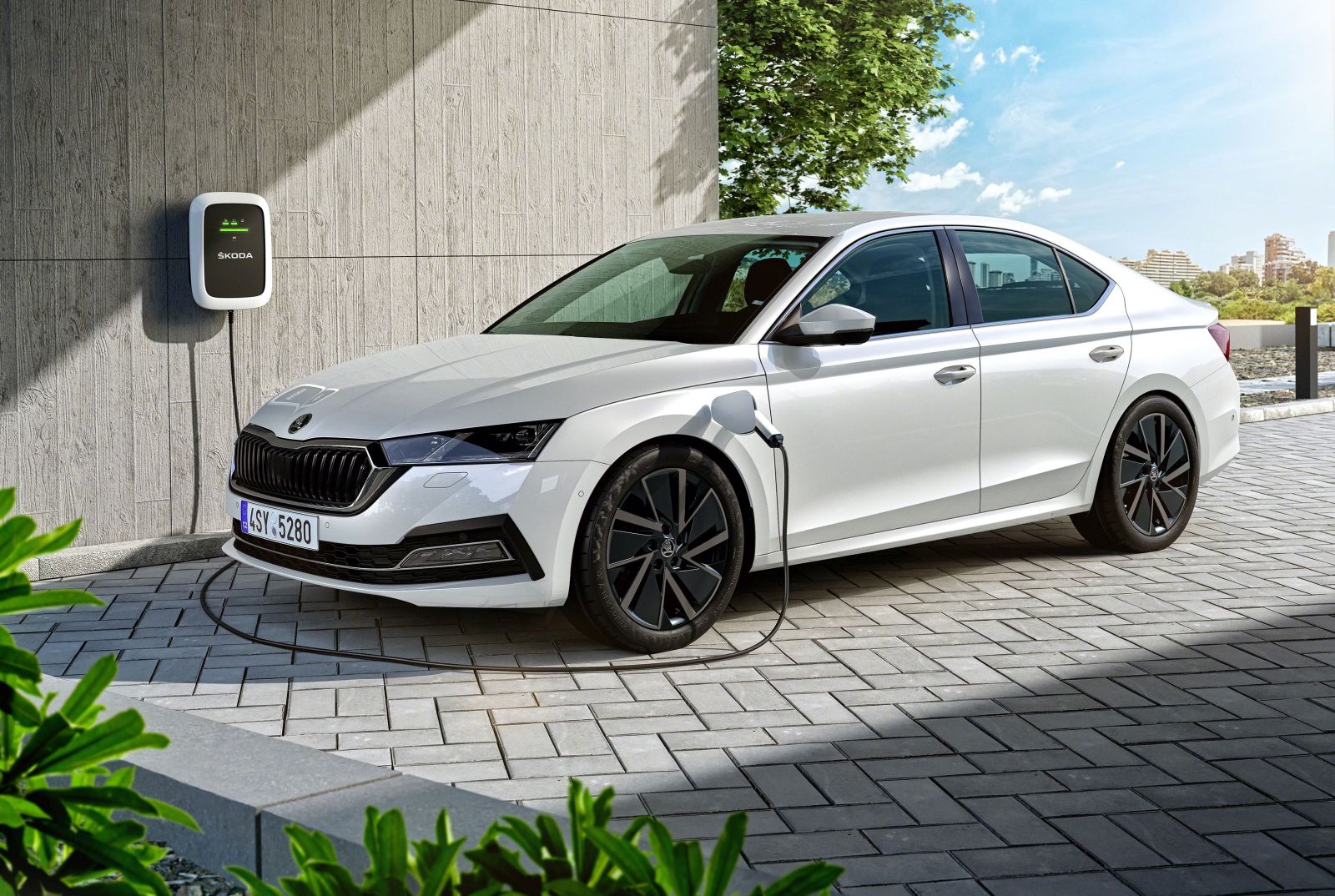
9. Mercedes-Benz A/B/CLA/GLA Class 250e
- Electric range: 62 – 75 kilometers
- Consumption combined: 1.0 – 1.4 l/100 km
Mercedes-Benz also offers a wide range of plug-in hybrids, especially for its compact models. They vary a bit in terms of consumption and range, but for this overview we have bundled them together. The tOo Mercedes-Benz offers a wide range of plug-in hybrids, especially for the compact models. They vary a bit in terms of consumption and range, but for this overview we have bundled them together. The ‘250e’ type designation always means a four-cylinder gasoline engine with electric assistance, good for 218 horsepower. For the Mercedes-Benz A-Class, that means 75 kilometers of electric driving, while a GLA 250e can travel a maximum of 62 kilometers electrically.

8. Lexus NX 450h+ / Toyota RAV4 PHEV / Suzuki Across
- Electric range: 75 kilometers
- Consumption combined: 0.9 – 1.0 l/100 km
These SUV triplets from the Toyota parent company share great similarities in terms of technology. They have a hybrid powertrain consisting of 2.5-liter four-cylinder gasoline engine and a powerful electric motor, together good for 306 horsepower. Thanks to the battery pack with a capacity of 18 kWh, it is possible to drive up to 75 kilometers fully electric. And that’s pretty true, according to our own car tests of the Toyota and the Lexus.
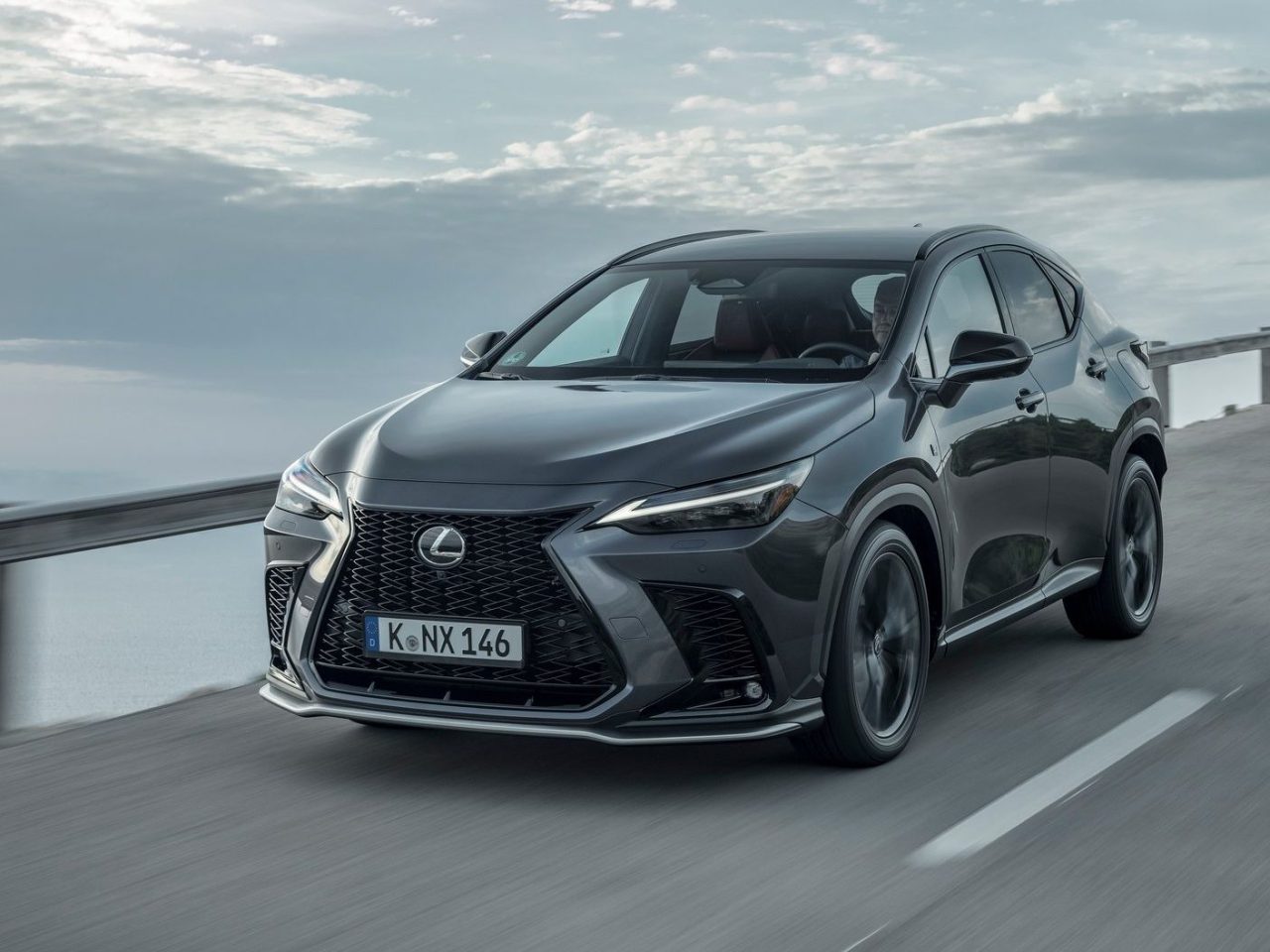
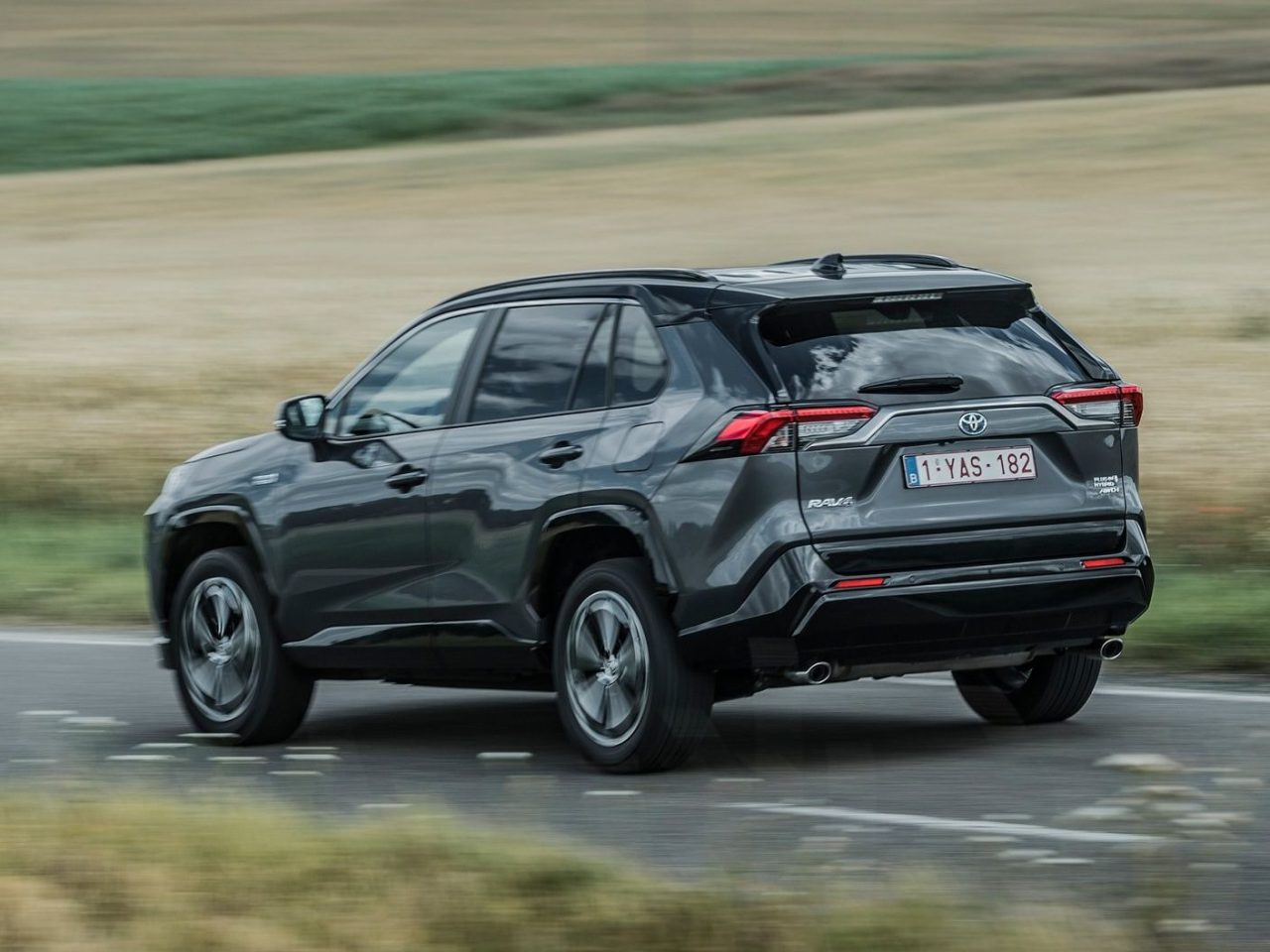
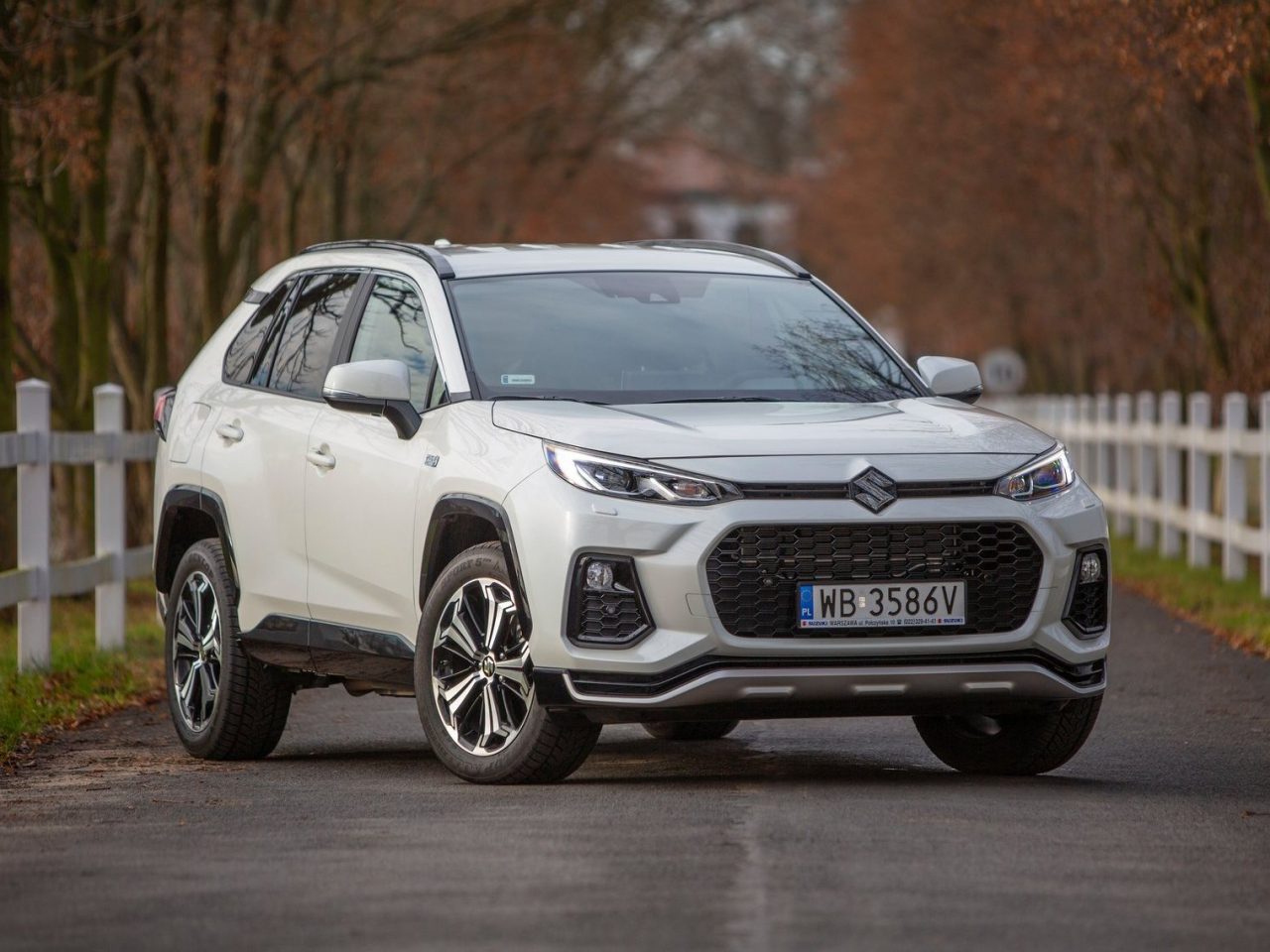
7. Lynk & Co 01
- Electric range: 69 kilometers
- Consumption combined: 1.2 l/100 km
The Lynk & Co 01 is the new car brand’s first fashion on the Dutch market. This is a plug-in hybrid that shares its technology with the Volvo XC40 and is already attracting a lot of interest Thanks to its own design language, this Lynk & Co is easily distinguishable from other brands. You can also buy or lease this car traditionally, but drive it on a monthly cancelable membership basis.
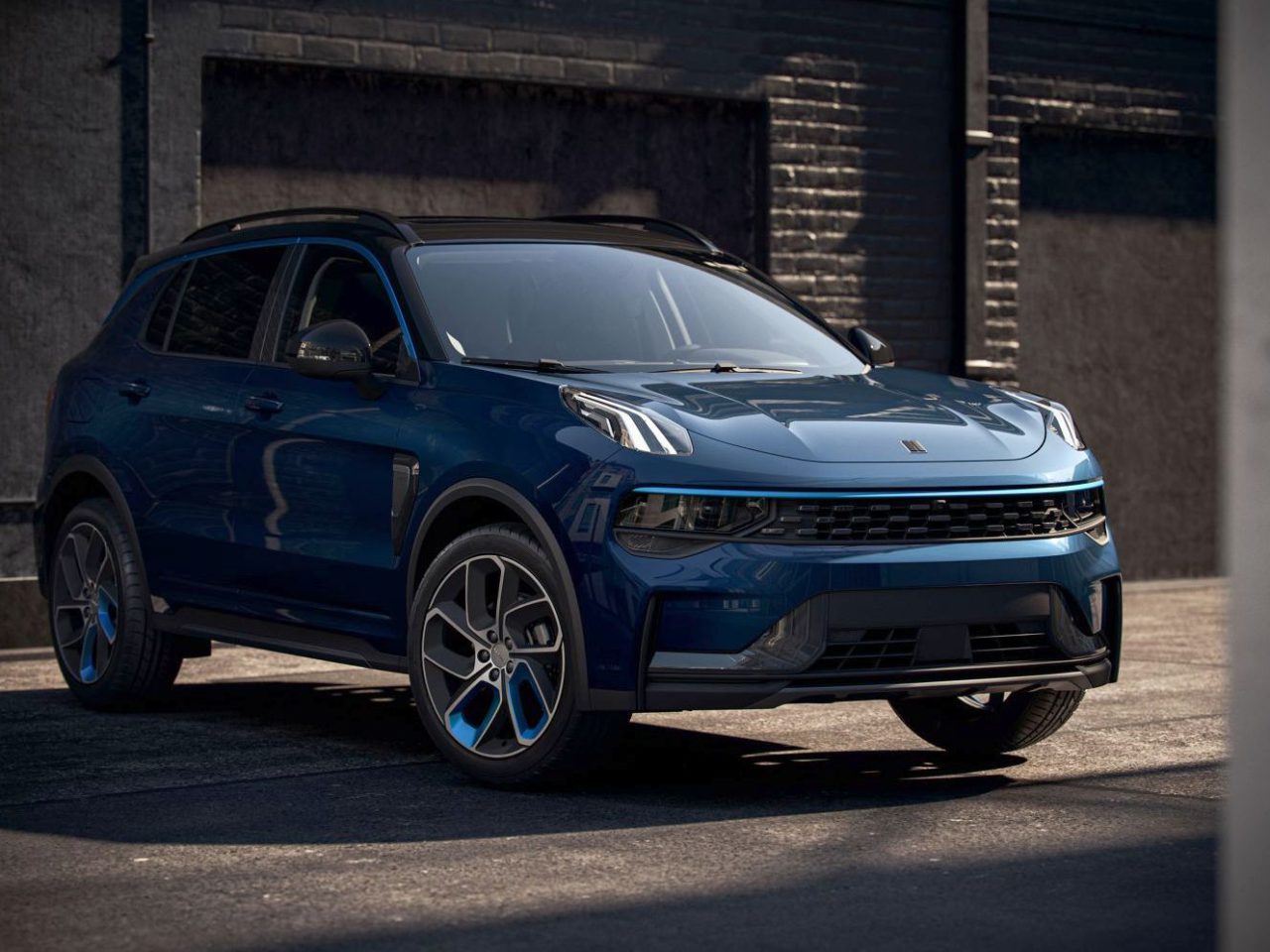
6. BMW X1 xDrive30e / BMW X5 xDrive45e
- Driving range: 89 kilometers
- Consumption combined (X1 xDrive30e): n.a.
- Consumption combined (X5 xDrive45e): 1.2 – 1.9 l/100 km
BMW is also increasingly offering plug-in hybrids in various segments, including the X1 and the X5. Despite being two quite different SUVs with different powertrains, they both offer 89 kilometers of electric range. In the BMW X1 xDrive30e, powertrain technology consists of a 1.5-liter three-cylinder turbocharged gasoline engine with 150 hp supported by a 177-hp electric motor. That brings system power to 326 hp.
In the BMW X5 xDrive45e, the powertrain consists of a 3.0 six-cylinder turbocharged gasoline engine and a electric motor, together good for an output of 394 hp.
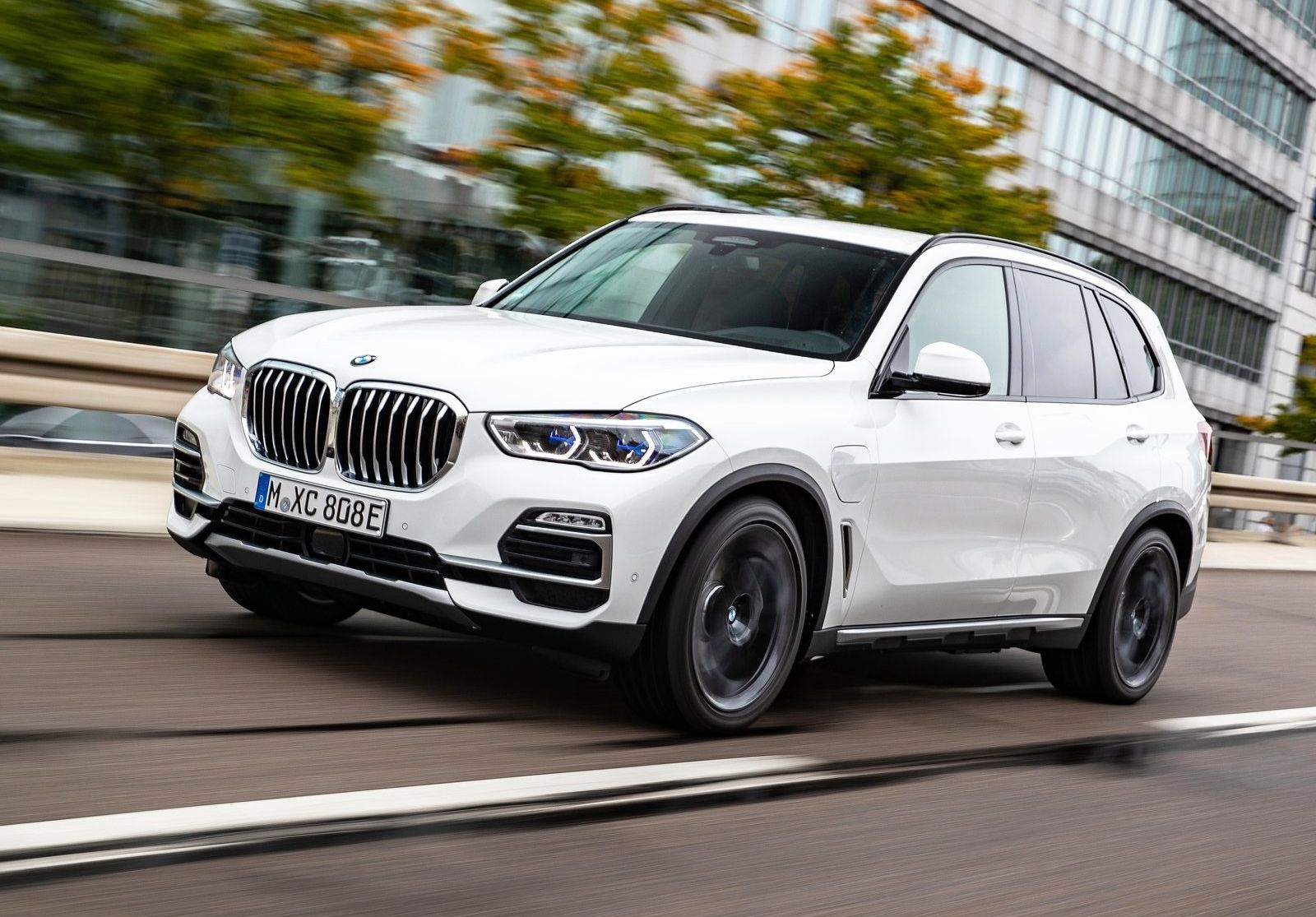
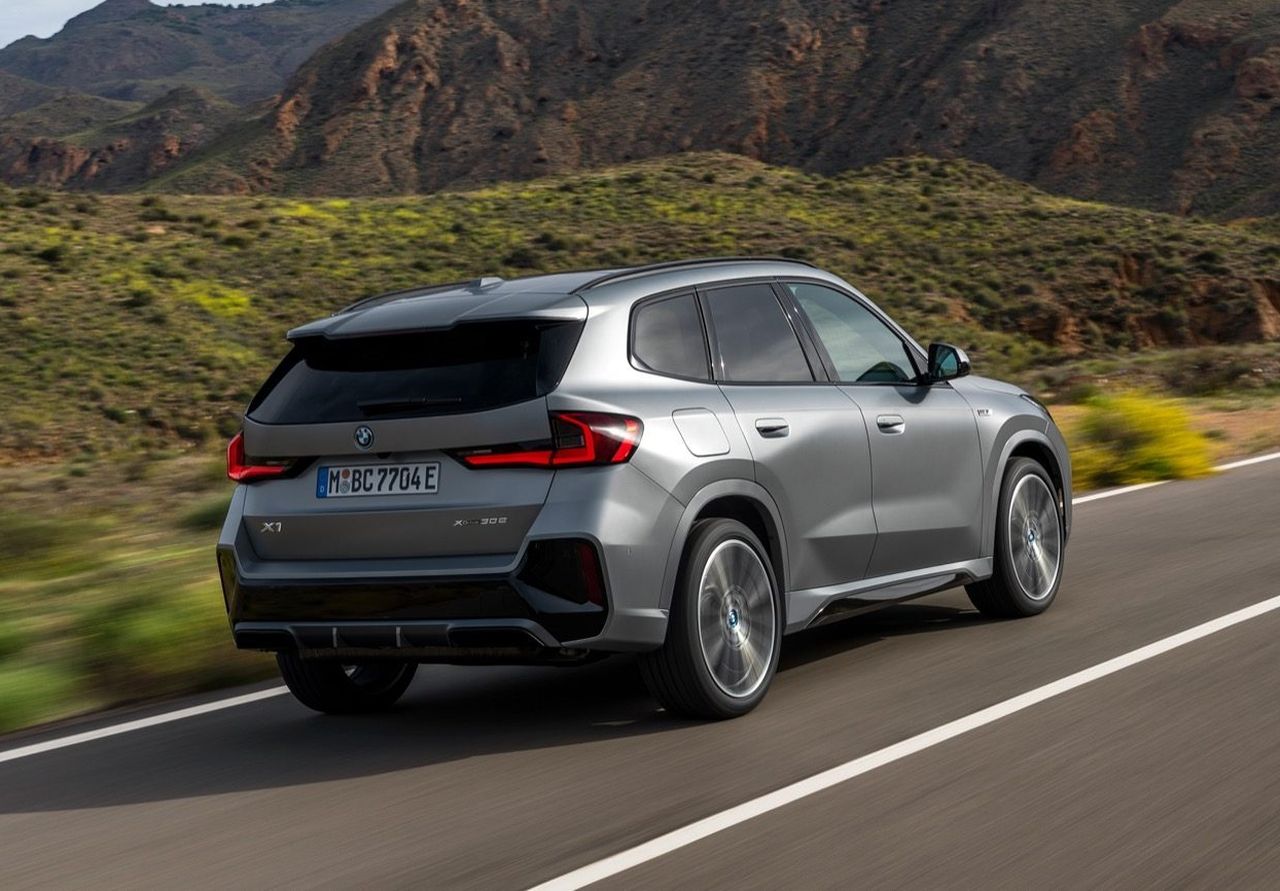
5. Volvo S60 T8 Recharge
- Driving range: 90 kilometers
- Consumption combined: 1.2 l/100 km
The T8 Recharge is an advanced plug-in hybrid powertrain offered in most Volvo models, including the Volvo S60. This sporty plug-in hybrid has a 310-hp turbocharged four-cylinder, assisted by a 145-hp electric motor. This not only makes this sedan quite smooth, but the 18.8 kWh battery pack allows it to cover a generous distance of up to 90 kilometers without consuming a drop of fuel.
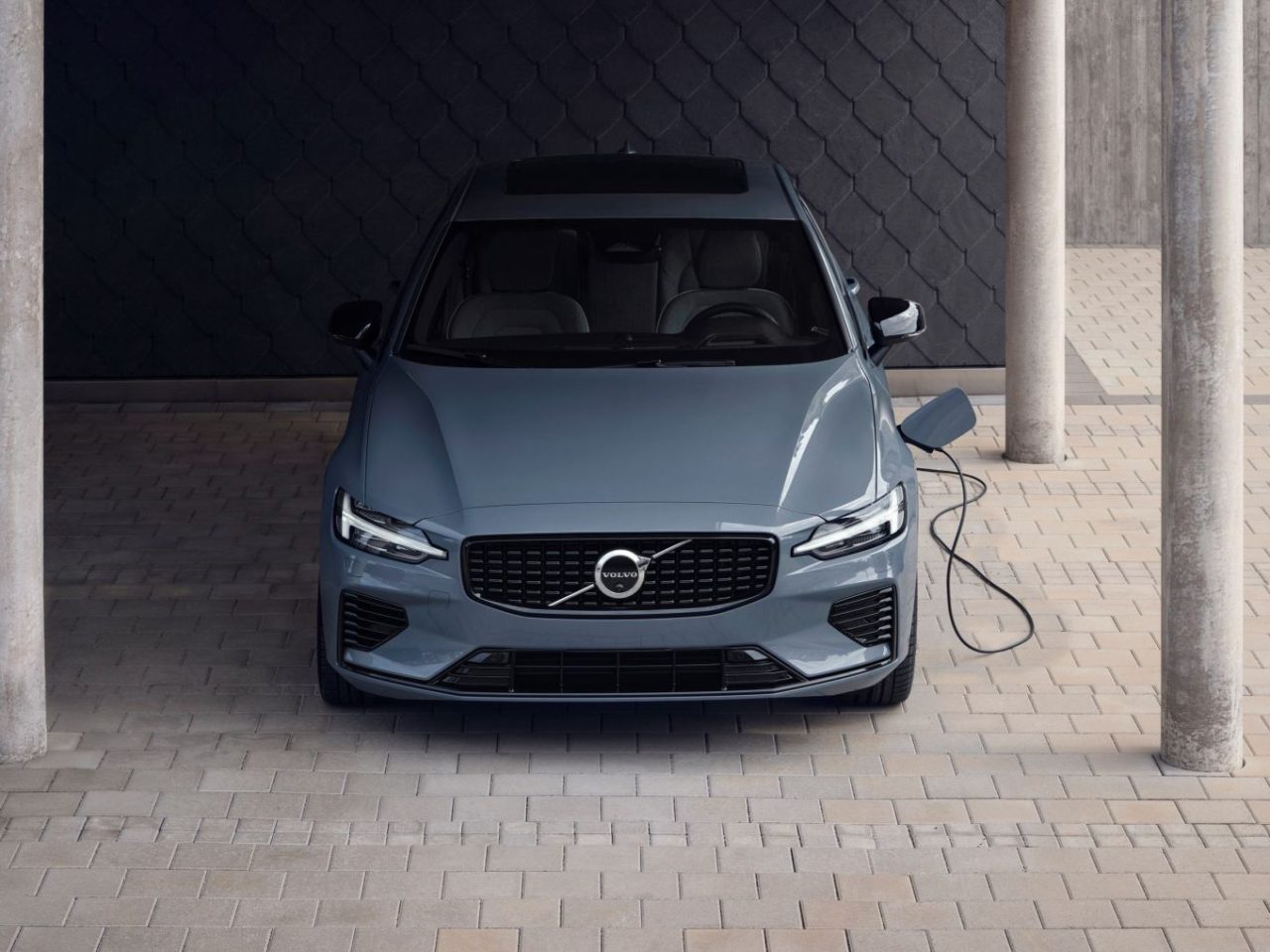
4. Mercedes-Benz GLE 350e
- Range: 99 kilometers
- Consumption combined: 1.2 l/100 km
Tax measures make this Mercedes-Benz GLE 350e more affordable than fuel-engine-only versions. That certainly doesn’t mean you’re getting shortchanged. As a plug-in hybrid, this car boasts 333 hp and 700 Nm of torque. Average fuel consumption comes out to just 1 in 111.1, according to factory specifications.
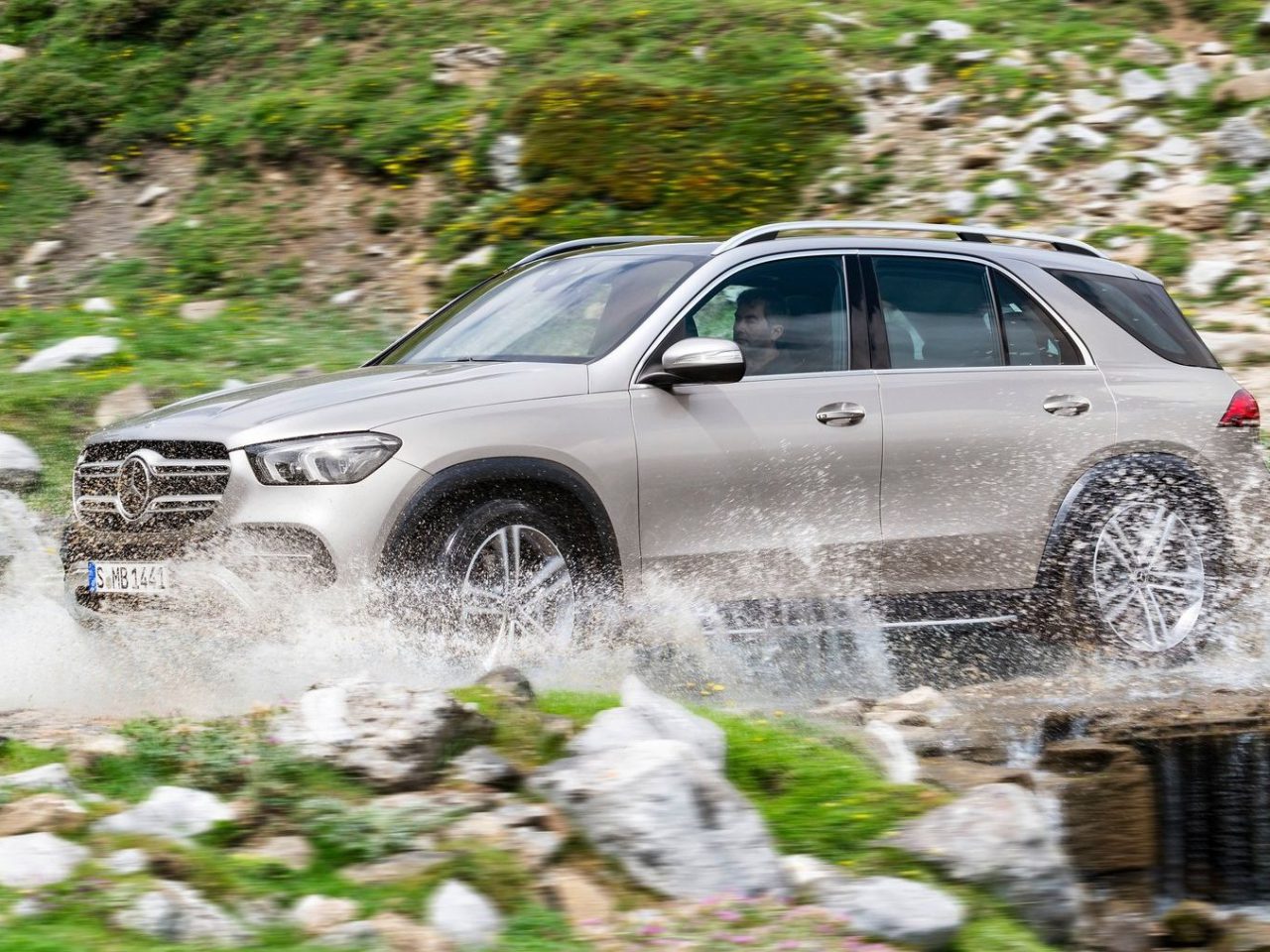
3. Mercedes-Benz C-Class C 300e
- Driving range: 111 kilometers
- Consumption combined: 1.2 l/100 km
Previously, when we thought of the Mercedes-Benz C-Class, we thought mostly of indestructible diesels (the 190) or the brutal, gasoline-guzzling AMG versions. For this latest generation, whisper-quiet electric driving is also possible. And thanks to the 25.4 kWh battery pack, you can travel an impressive 111 kilometers fully electric, according to the official measurement.
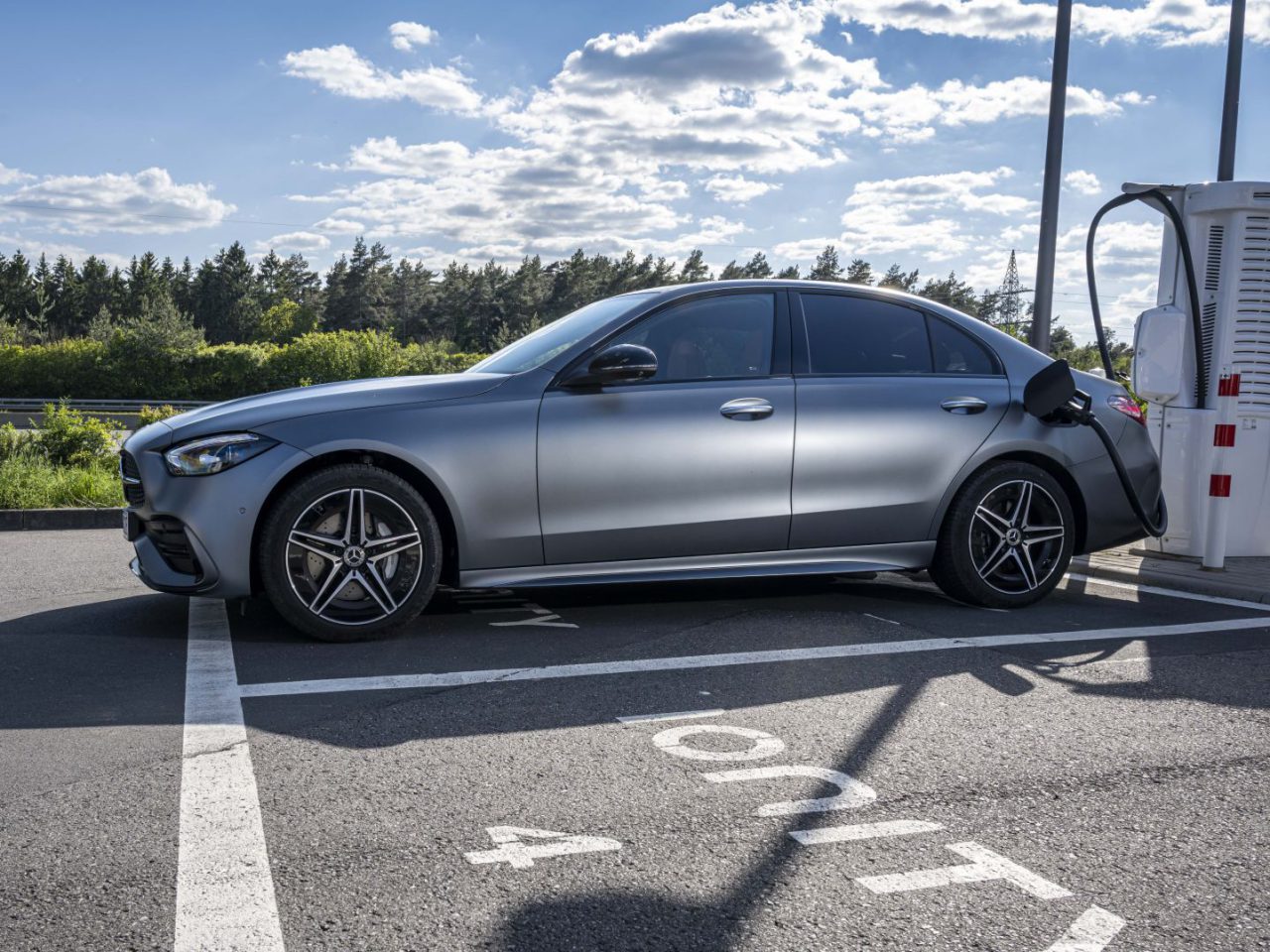
2. Range Rover P440e
- Driving range: 113 kilometers
- Consumption combined: 0.8 l/100 km
In 2022, this latest generation Range Rover was presented. This graceful mastodon also comes as an economical plug-in hybrid. In addition to a 440-hp V6 turbocharged gasoline engine, this version also has a 143-hp electric motor. On paper, that yields a system output of 440 hp. For this 2,770-pound SUV, the manufacturer promises a combined fuel economy of – hold on – 1 in 125.
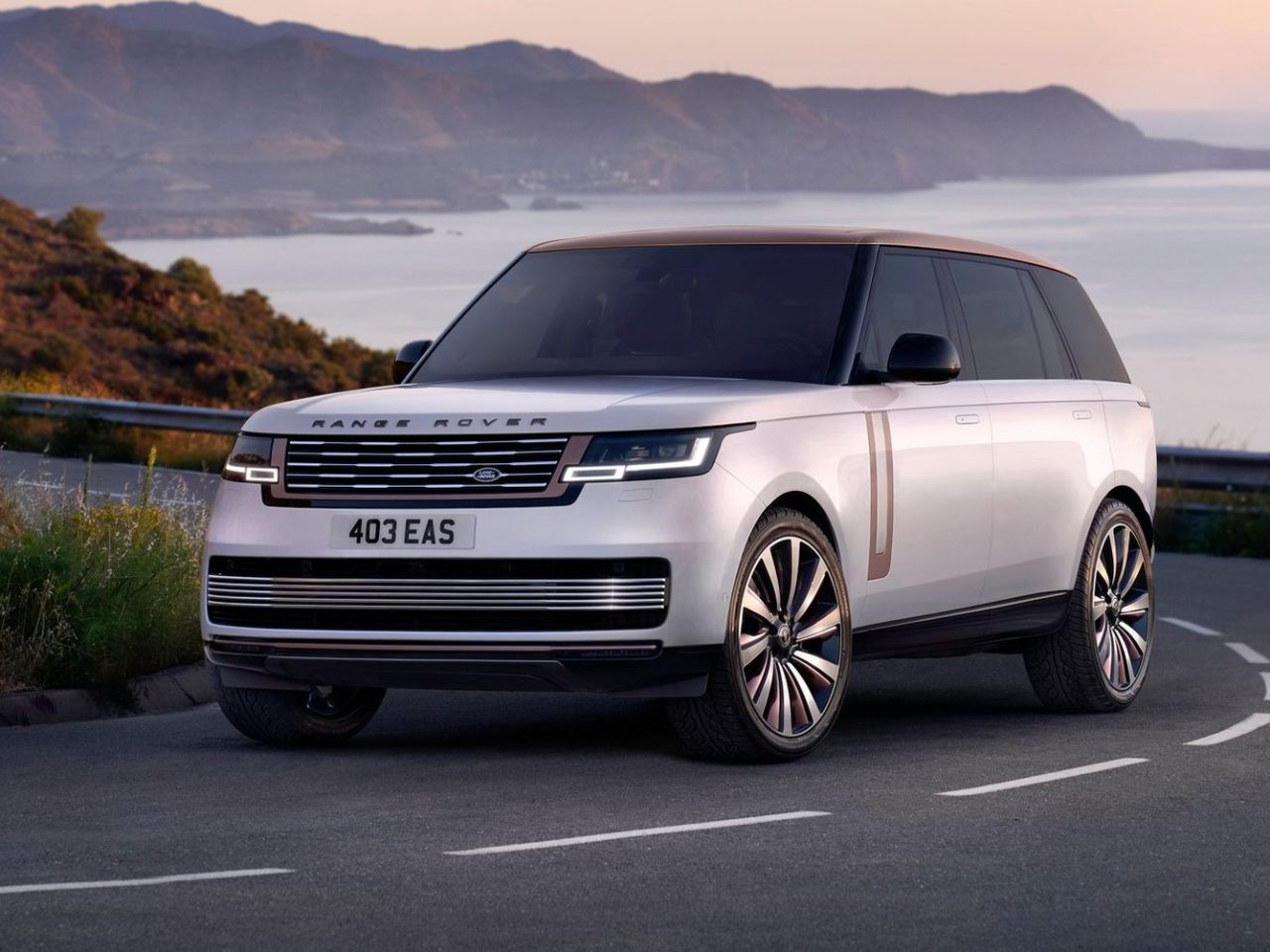
1. Polestar 1
- Driving range: 135 kilometers
- Consumption combined: 1.2 l/100 km
‘There is no second chance to make a first impression’. Polestar seems to have used that adage as a basis for its first production model. The Polestar 1 is an impressive two-door coupe powered by a 2.0-liter four-cylinder gasoline engine, plus two electric motors on the rear axle. Together good for 600 hp and a sloppy 1,000 Nm of torque. Only if you can control yourself well will you be able to approach the promised 135 kilometers of electric range.
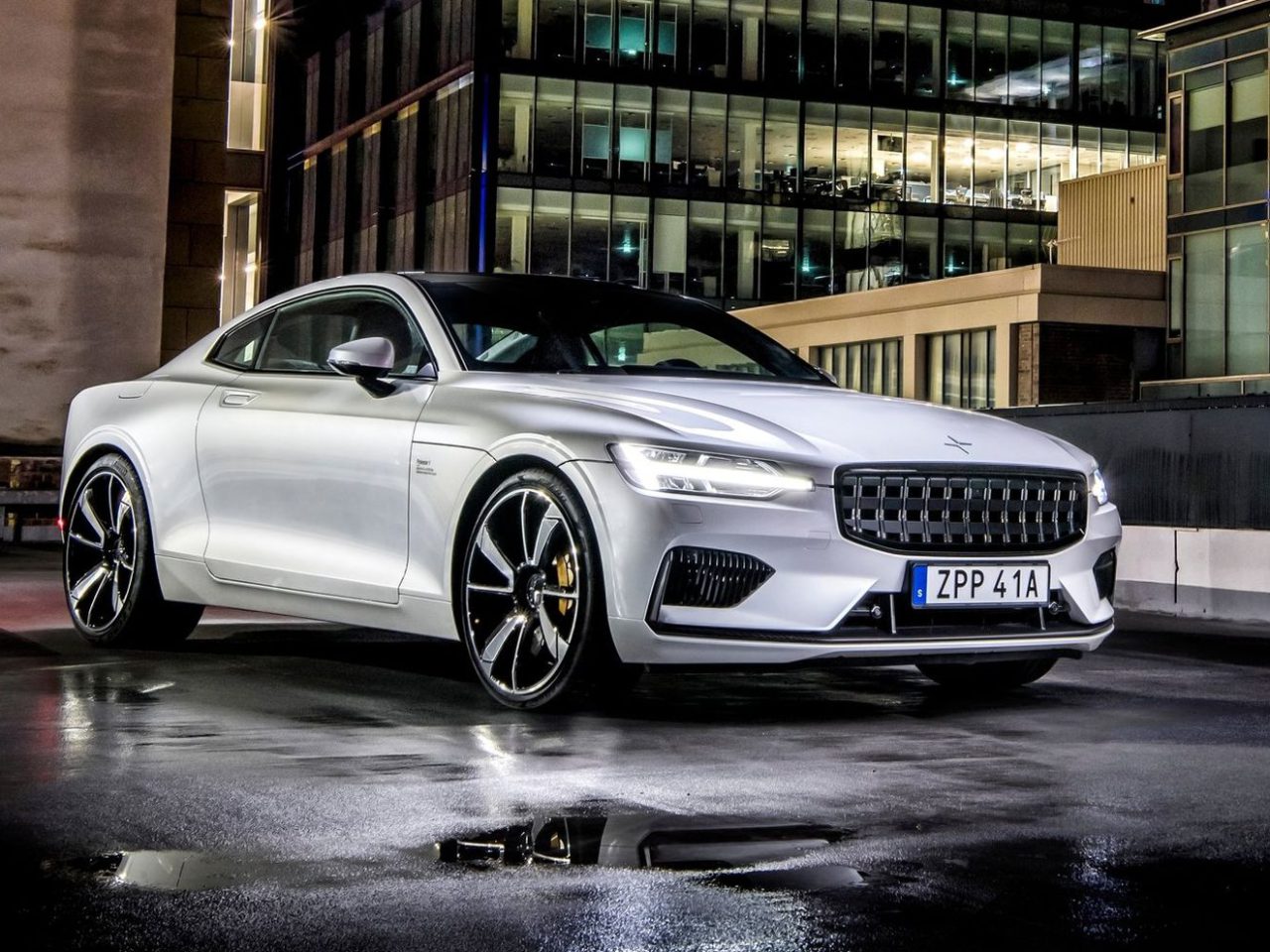
READ ALSO: Charging pass for electric car – everything you need to know
What determines the driving range of a plug-in hybrid?
The driving range of an electric car, also known as range, depends on several factors. Starting with battery capacity in kWh. The higher the capacity, the more energy the battery can store and the more miles you can drive on a single battery charge. In addition, the driving range depends on the driver’s driving style, car load, vehicle weight, weather conditions, traffic conditions, tire pressure and the use of (heavy) power consumers in the car, such as air conditioning. All factors that also affect actual consumption in a fuel car.
Furthermore, the driving range depends on whether you drive in the city or on the highway. Unlike a fuel car where you keep shifting to a higher gear, thereby lowering engine speed and fuel consumption, an electric car has no gearbox. The faster you drive, the faster the electric motor spins. Thus, at high speeds on the highway, an electric motor consumes more energy than at low speeds in the city. Moreover, in city traffic you can recover relatively large amounts of energy with the regenerative braking system, which can even increase your range.
The above issues also apply to a plug-in hybrid. Therefore, in automatic mode – where the car itself chooses the most efficient form of propulsion (fuel, electric or combined) – a plug-in hybrid will run mainly on the fuel engine during highway driving and as much as possible electrically at lower speeds. In this way, the characteristics of both engines are optimally utilized to make the most economical use of the energy available on board (gasoline and electricity) in every situation.
How is the driving range of a plug-in hybrid measured?
The driving range has been measured according to the WLTP (Worldwide harmonized Light vehicles Test Procedure) since Sept. 1, 2018. This is the official, independent and mandatory measurement of the fuel consumption, emissions and range of all (electric) passenger cars and light commercial vehicles sold new in Europe. Electric range testing is conducted in a test environment on a roller bench at an ambient temperature of 23 degrees Celsius. This involves simulating a realistic car ride and measuring power consumption when driving in city traffic, on the highway and a combination of the two.

